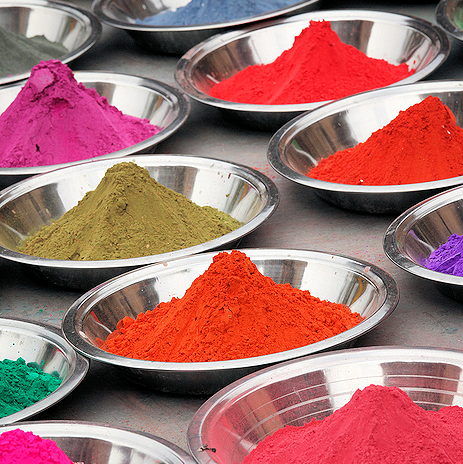Looking at the ingredients labels on bottles tins and cans when my kids were little would have me literally scream inside and look around carefully for the bad mother halo replacement to be plonked on my head if I chose to feed them something with horrific artificial content.
I’d plonk the offending food items back on the shelves and carry on sanctimoniously with my shopping.
Food additives seemed almost impossible to avoid unless we made everything from scratch.
All of my boys suffer from ADHD along with the other things they live with daily. I’d spent a lot of time and effort researching what is good and what isn’t for them, and still I got it wrong.
Giving the boys a Fruit Shoot would have them bouncing off the walls and heading for the roof.
At one time, Haribos being fed to my boys would see me looking for the nearest bolt hole to sit out the impending devastation that someone else’s mother has wreaked on my home in the aftermath of their feeding my kids things I’d asked them not to.
I really didn’t give a monkeys about sugar. A sugar rush was NOTHING in comparison to some of the effects of other foods their bodies seemed to send them begging on their hands and knees for.
Additives have to be assessed for safety before they can be used in our food and drink, but that doesn’t necessarily mean that they’re all ok for every person. Due to EU laws, all food must be labelled clearly in the ingredients section, but here too, I found it difficult to tell the difference when there are several terms that can be used for the same thing.
I quickly learned that there were ingredients to avoid, and others that didn’t matter too much.
The Food Standards Agency has also said that consumption of mixes of some artificial colourings with the preservative called sodium benzoate could also lead to an increase in hyperactivity in some children.
The artificial colours they identified were:
- sunset yellow FCF (E110)
- quinoline yellow (E104)
- carmoisine (E122)
- allura red (E129)
- tartrazine (E102)
- ponceau 4R (E124)
The FSA states
“A European Union-wide mandatory warning must be put on any food and drink (except drinks with more than 1.2% alcohol) that contains any of the six colours. The label must carry the warning ‘may have an adverse effect on activity and attention in children’.”
As a family, we’ve noticed a big difference with sunset yellow and sodium benzoate. It rules out a lot of orangey / yellow coloured drinks, but the kids are glad now that some of the things they used to be banned from, they can now eat.
- Eating smarties – or rather not eating them was a major upset when my boys were little, but now they can.
- I believe Fruit Shoots have made their drinks more child friendly, but as we’ve not used them for years, I have no idea how much better they actually are.
- Haribos seem to have new labels on their sweets too, but I’ve not checked closely enough to see just how many additives they’ve removed.
I’ve a lot of respect for the companies actually making the effort to provide good substitutes for artificial colorings in food. I wish more would do the same, and consider doing away with monosodium glutimate too as that gives me a headache.
Research was also undertaken by Southampton University which suggested eating or drinking some artificial food colourings could be linked to a negative effect on childrens’ behaviour.
The FSA has amended their advice to state:
” If a child shows signs of hyperactivity or Attention Deficit Hyperactivity Disorder (ADHD), eliminating the colours considered in the Southampton study from their diet might have some beneficial effects on their behaviour.”
Nobody knows more about the effects of some additives and foods on our individual children, but if you need to find out more about the research, it’s available on the FSA website.
Chronic and acute effects of artificial colourings and preservatives on children’s behaviour
